Comprehensive Guide to Building an Effective Plastic Surgery Marketing Funnel
A well-designed marketing funnel is crucial for plastic surgeons aiming to attract, engage, and convert potential patients into long-term clients.
The stages of the funnel are tailored to guide prospective patients through each phase of their decision-making journey—from awareness to conversion, and ultimately, retention.
Here’s a step-by-step breakdown of how to create a high-converting marketing funnel for a plastic surgery practice.
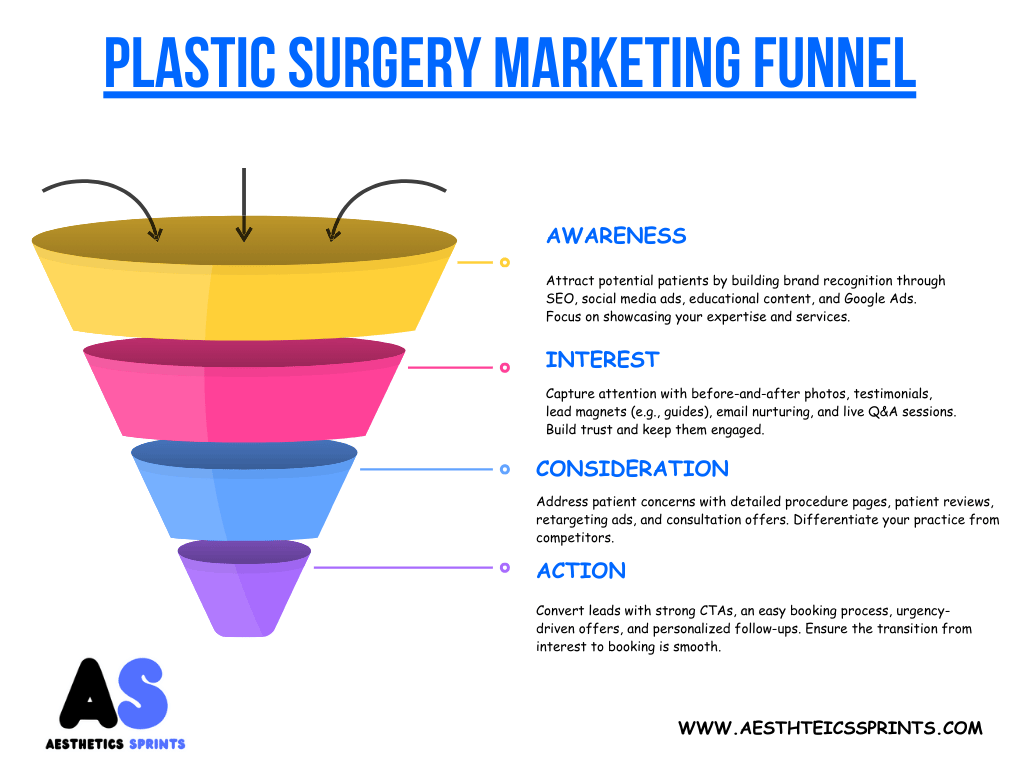
1. Awareness Stage: Building Visibility and Credibility
At the top of the funnel, your goal is to generate awareness and introduce your practice to people who may be considering plastic surgery in the future. This stage focuses on educating your audience, building credibility, and positioning yourself as a trusted expert.
Content Marketing: Create blog posts, articles, and guides on topics related to plastic surgery, such as “What to Expect During a Rhinoplasty” or “The Benefits of Minimally Invasive Procedures.” This content should address common questions, alleviate concerns, and establish your expertise.
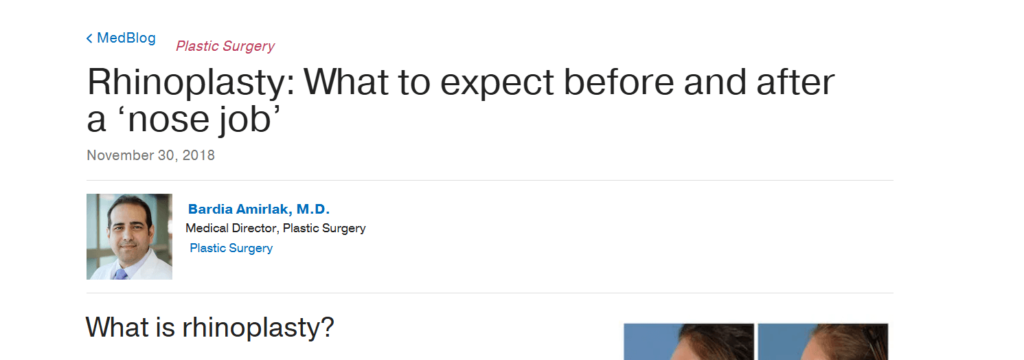
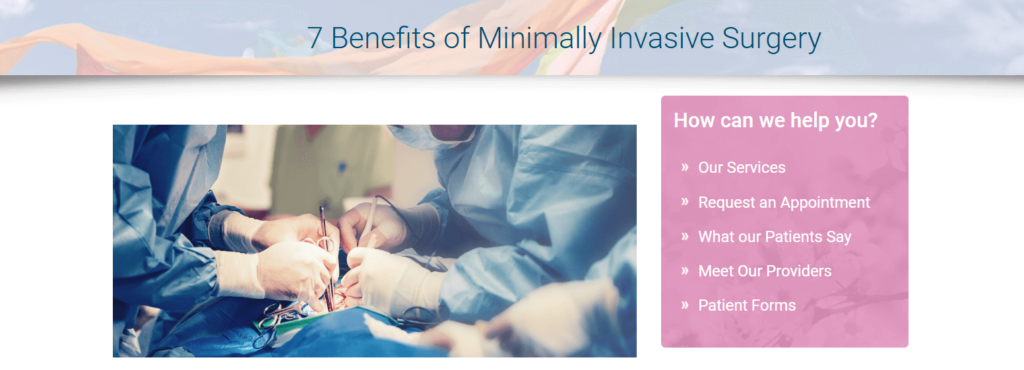
- SEO Optimization: Optimize your website and blog for relevant keywords like “best plastic surgeon [location]” or “facelift before and after.” A strong SEO strategy helps potential patients find your website through organic search.
- Social Media Marketing: Use platforms like Instagram, YouTube, and Facebook to share informative posts, before-and-after transformations, and educational videos. Visual content on social media can be powerful for aesthetic practices, as it helps prospects visualize potential results.
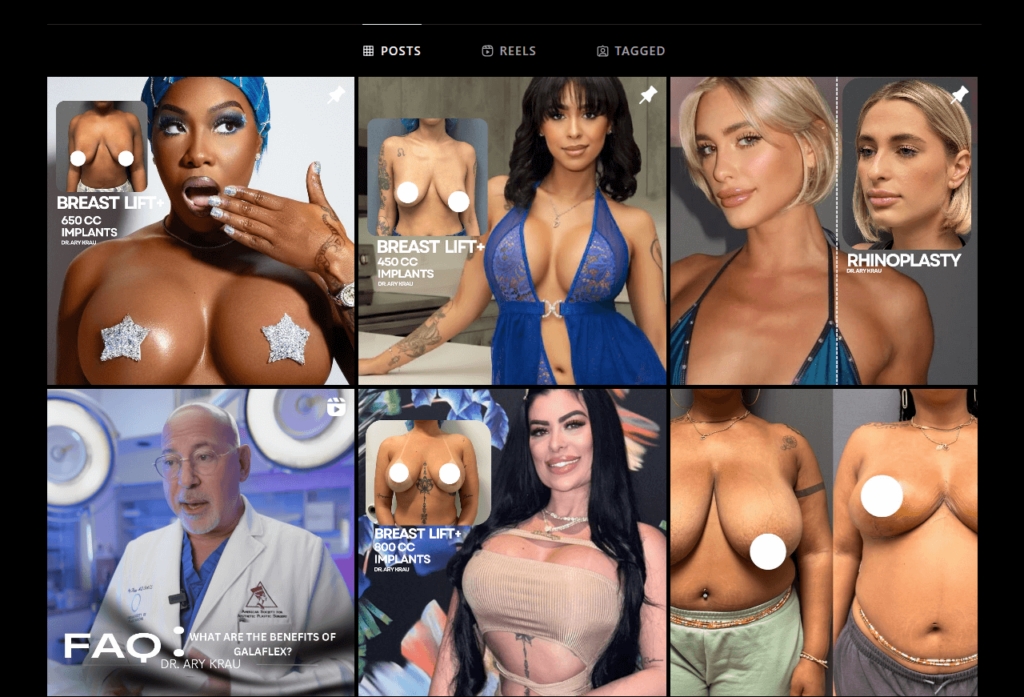
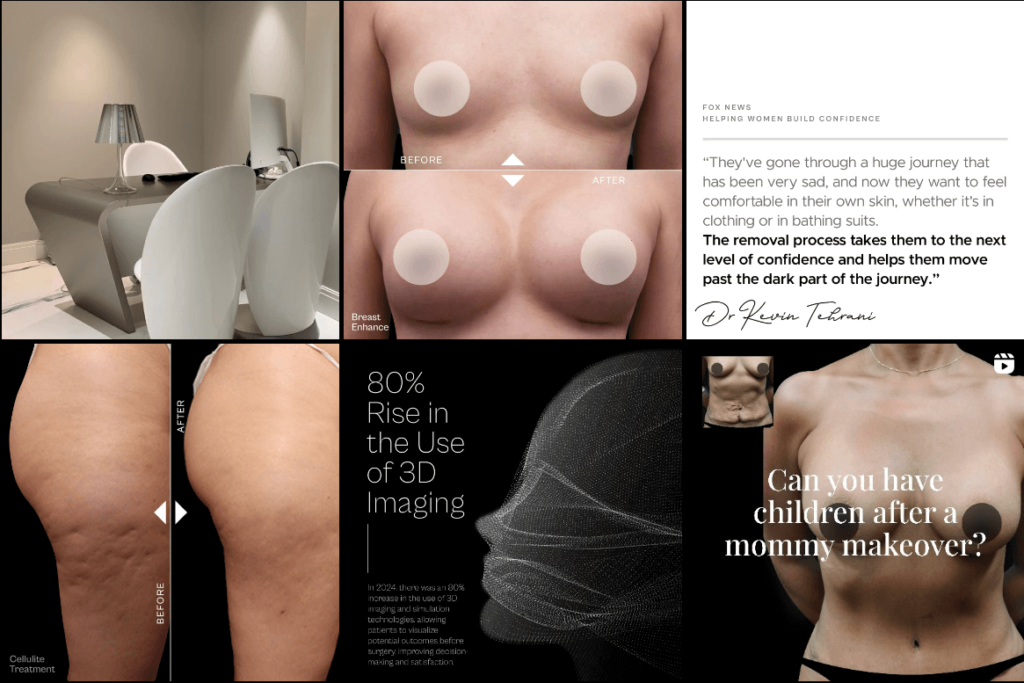
- Paid Ads for Visibility: Invest in Google Ads for high-intent keywords (e.g., “breast augmentation near me”) and Facebook/Instagram ads targeted at people interested in cosmetic procedures. These ads increase visibility and drive traffic to your website.
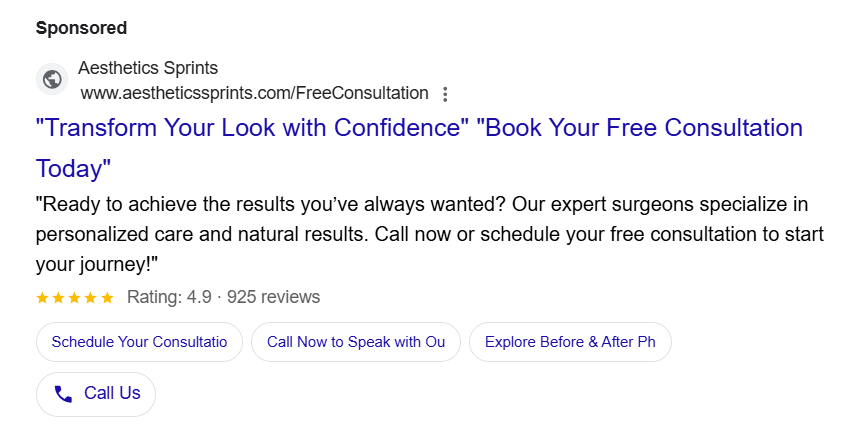

2. Consideration Stage: Building Interest and Nurturing Leads
In the consideration phase, prospects are evaluating different options and gathering more information. Your goal here is to deepen their interest in your services and build a connection that fosters trust.
Email Marketing and Lead Magnets: Offer a free resource like an eBook (e.g., “Cosmetic Surgery Checklist”) or downloadable guide on different types of plastic surgeries in exchange for their email address. This tactic allows you to nurture leads through targeted email sequences.
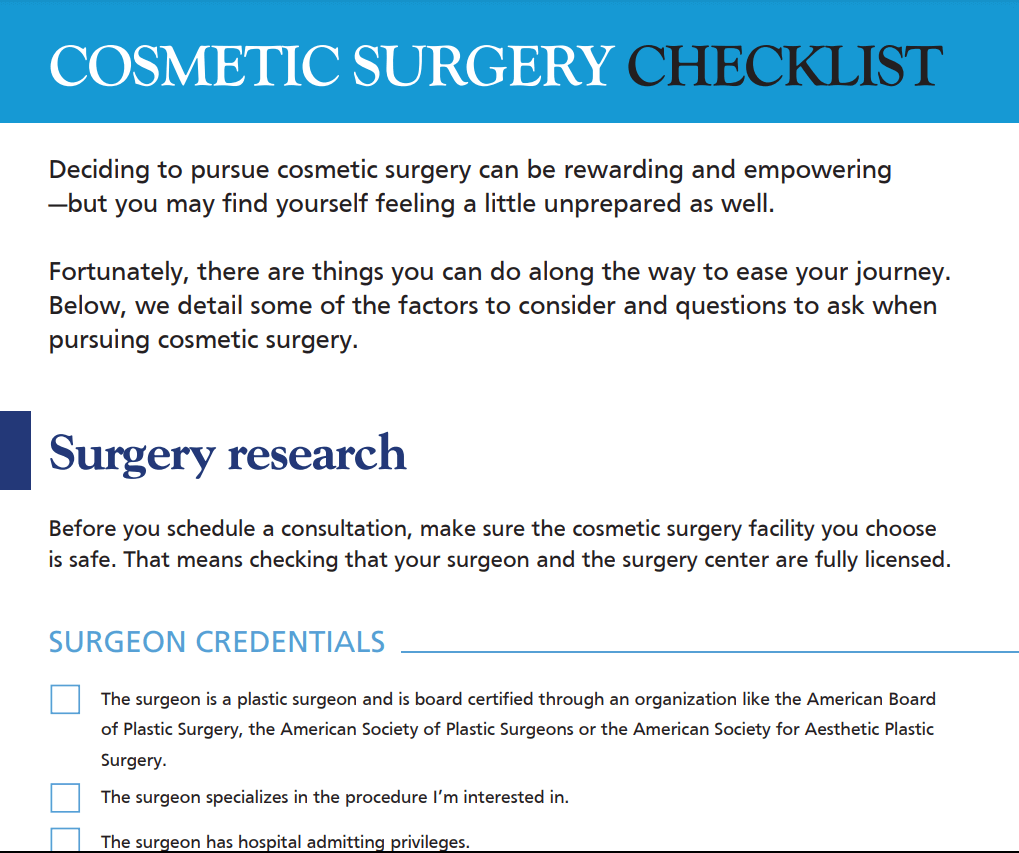
- Webinars and Educational Sessions: Host live webinars or Q&A sessions about specific procedures. These events provide prospects with detailed information and a chance to connect with you, which builds credibility and trust.
- Patient Testimonials and Case Studies: Share testimonials, before-and-after photos, and in-depth case studies. Hearing success stories from actual patients makes your practice more relatable and credible in the eyes of prospective clients.
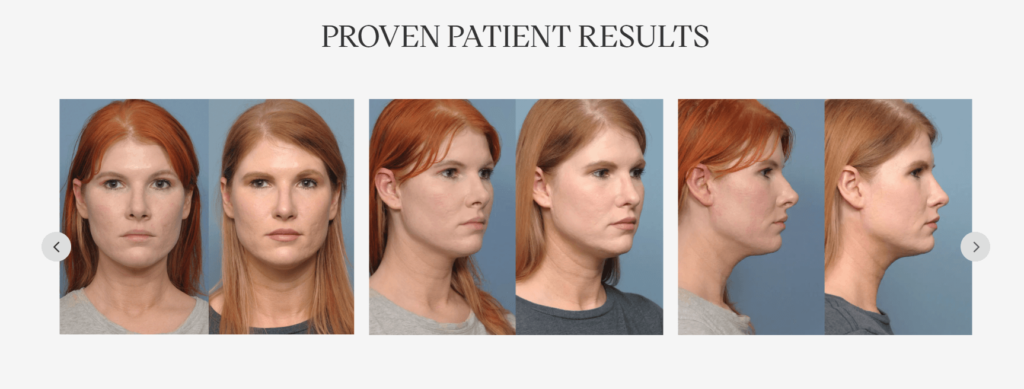
- Remarketing Campaigns: Use remarketing ads on Google and Facebook to re-engage website visitors. These ads can remind them of your services or promote additional resources that may interest them, such as “Schedule a Free Consultation” or “Download our Guide to Choosing the Right Surgeon.”
3. Decision Stage: Converting Leads into Patients
At the decision stage, prospects are actively choosing a surgeon, and your focus should be on eliminating barriers and guiding them toward scheduling a consultation or booking a procedure.
Personalized Consultation Offers: Offer a free or discounted initial consultation to encourage potential patients to take action. Clearly communicate the value of the consultation, like one-on-one time with the surgeon and a personalized assessment.
- Landing Pages with Strong CTAs: Create targeted landing pages for each specific service (e.g., facelift, liposuction, breast augmentation) with compelling copy, before-and-after photos, and clear calls-to-action (CTAs) like “Book Your Consultation Now” or “Get a Custom Treatment Plan.”
- Clear Pricing Information: If appropriate, offer transparent pricing guides or ranges. Many prospective patients want to know the cost upfront, and having accessible pricing information helps to build trust.
- Video Testimonials and Doctor Introductions: Include short videos featuring past patients sharing their experiences or the surgeon explaining their approach to specific procedures. Video content is highly persuasive and personal, helping to build a connection with prospective patients.
- Reviews and Social Proof on Your Website: Highlight positive patient reviews and testimonials on key pages, especially those related to popular procedures. Consider showcasing reviews from third-party sites like Google My Business or RealSelf for added credibility.
4. Action Stage: Ensuring Smooth Conversion and Follow-Up
At this stage, your goal is to make the booking and payment process as seamless as possible and ensure there’s a follow-up strategy in place.
User-Friendly Appointment Booking System: Implement an easy-to-use booking system on your website that allows patients to schedule consultations online. Make sure the process is intuitive and mobile-friendly.
Automated Confirmation and Reminders: Send automated appointment confirmations, reminders, and procedure preparation guides. Patients feel more reassured when they receive consistent communication before their consultation or procedure.
Personalized Follow-Up: After the consultation, follow up with an email or phone call to answer any questions they may have and address any concerns. This additional touchpoint can help convert prospects who are on the fence.
5. Retention and Loyalty Stage: Building Long-Term Relationships
The funnel doesn’t end at the conversion; retaining patients and fostering loyalty is key for future procedures, referrals, and positive reviews.
Post-Procedure Follow-Up and Care: After the procedure, send follow-up emails with aftercare instructions, check-in calls, and access to resources for a smooth recovery. Excellent post-care reinforces your commitment to patient well-being.
- Loyalty Programs or Referral Incentives: Offer incentives for repeat procedures or referrals, such as discounts on future services or gift cards. A loyalty or referral program keeps existing patients engaged and encourages them to share their positive experiences.

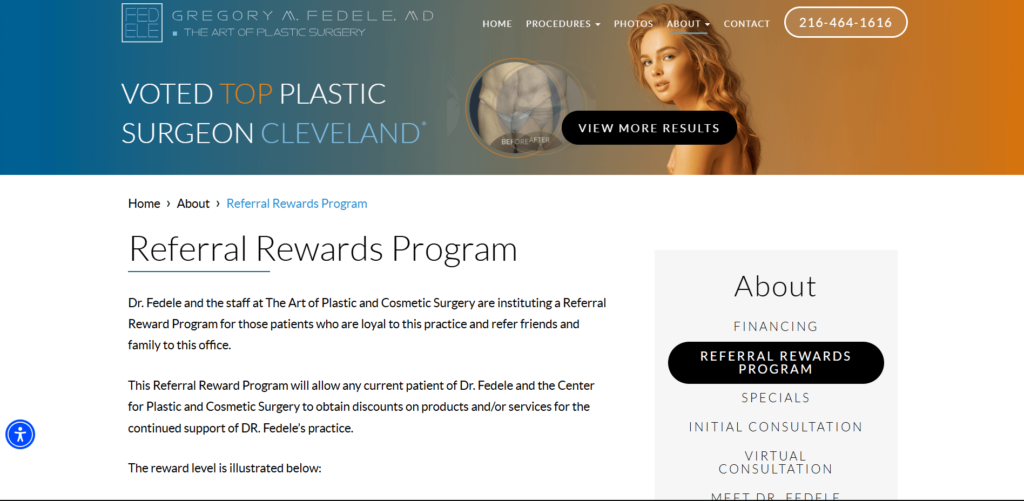
- Patient Satisfaction Surveys and Reviews: Send satisfaction surveys after procedures and encourage patients to leave reviews on platforms like Google or RealSelf. This feedback is invaluable for your practice’s reputation and provides you with additional social proof.
- Educational Newsletters and Updates: Maintain an ongoing relationship with your patients through regular newsletters that offer updates on new services, seasonal promotions, and industry insights. Newsletters keep your practice top-of-mind, especially for patients who may consider additional procedures in the future.
Tracking and Optimizing Your Marketing Funnel
After setting up your funnel, it’s essential to track its performance and optimize it for better results. Here are a few key performance indicators (KPIs) to monitor:
Website Traffic and Engagement: Track how many visitors come to your site, how long they stay, and which pages they view. This data helps identify which topics and services are most attractive.
- Lead Conversion Rate: Measure the percentage of website visitors who sign up for a consultation, download a resource, or otherwise engage with your practice.
- Appointment Booking Rate: Monitor how many of your leads go on to book consultations. This KPI will help you assess the effectiveness of the decision stage in your funnel.
- Patient Retention Rate: Track how many patients return for additional services or refer new clients. A high retention rate indicates strong patient satisfaction and effective follow-up.
By analyzing these KPIs, you can identify which stages are performing well and which need improvement, enabling you to refine each part of your funnel for optimal results.
Conclusion
An effective marketing funnel for a plastic surgery practice goes beyond attracting leads—it nurtures relationships, builds trust, and encourages long-term loyalty.
By understanding the unique patient journey, implementing targeted strategies at each stage, and consistently optimizing your approach, you can create a marketing funnel that not only converts but also helps establish your practice as a trusted name in plastic surgery.
Like Surgery, Marketing is Best Left to the Experts
Marketing isn’t something you can master overnight. It takes years of experience, proven strategies, and a deep understanding of consumer psychology to truly excel.
Focus on what you do best: transforming lives and building confidence. Let Aesthetics Sprints handle your lead generation so you can avoid unqualified inquiries and attract high-value patients ready to book consultations.
Your future patients are searching for you right now — but they won’t wait forever. Contact our growth team today to start dominating search engines, enhancing your online presence, and generating more patient leads.

About the Author: Jatin Thakur
Jatin Thakur, founder of Aesthetics Sprints, is a seasoned digital marketer with 8+ years of experience helping plastic surgeons attract patients and grow their practices. Specializing in Local SEO, PPC Ads, and Social media marketing strategy, Jatin empowers aesthetic professionals to thrive in a competitive market.
"Ready to Attract More Patients to Your Practice?"
Grow your practice with tailored marketing that attracts and converts the right patients. From building your online presence to crafting high-converting campaigns, we specialize in driving real results for plastic surgeons.
